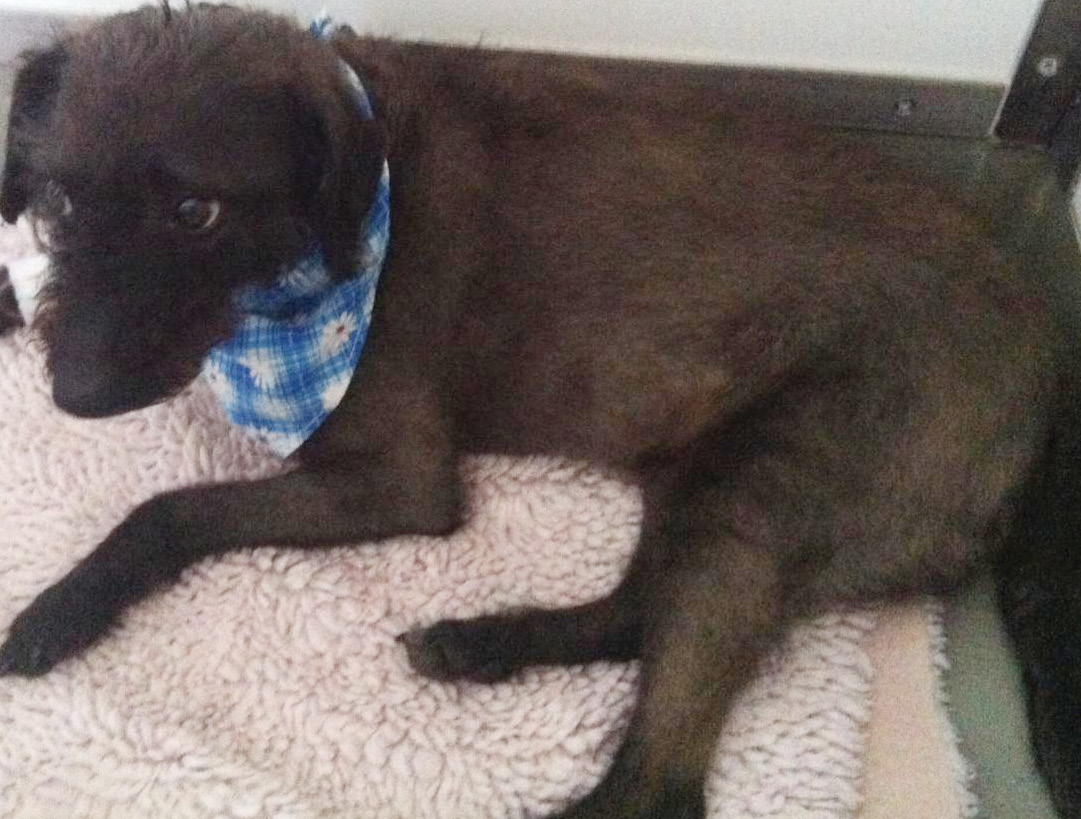Canine Infectious Diseases: Self-Assessment Color Review, Q&A 10
| This question was provided by CRC Press. See more case-based flashcards |

|
Student tip: This case is a good history allowing clinical exploration. |
A 12-year-old neutered female 10 kg mixed-breed dog (see image) was evaluated for weakness and pale mucous membranes. The dog lived in Munich, Germany, and had returned 2 days previously from a vacation in Salerno, Italy. The dog had only been vaccinated as a puppy and had not received any antiparasitic treatment or preventives within at least the last 5 years. On evaluation, the dog was lethargic, had very pale mucous membranes, a capillary refill time of 2 seconds, a heart rate of 186 bpm, bounding pulses, and a rectal body temperature of 39.6°C (103.3°F). No other abnormalities were noted.
| Question | Answer | Article | |
| What differential diagnoses should be considered for mucosal pallor, and what
is your assessment for this dog? |
Pale mucous membranes can be caused by shock or by anemia. Shock is unlikely in this dog, as capillary refill time was normal and pulse quality was bounding, therefore anemia is likely.
|
Link to Article | |
| What are the next diagnostic steps? | The next diagnostic step is evaluation of the hematocrit. If the hematocrit is low, a reticulocyte count should be obtained to differentiate between regenerative and non-regenerative anemia. A blood smear to evaluate red blood cell morphology and a slide agglutination test to evaluate for hemagglutination are also indicated.
|
Link to Article | |
To purchase the full text with your 20% discount, go to the CRC Press Veterinary website and use code VET18.
